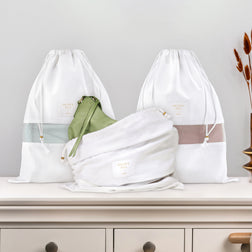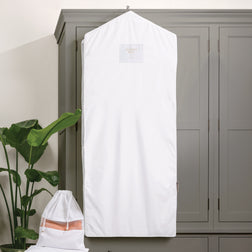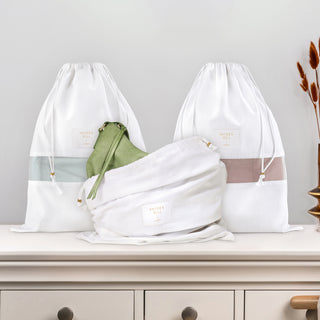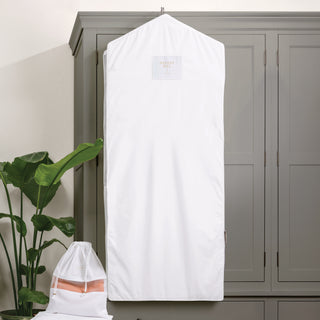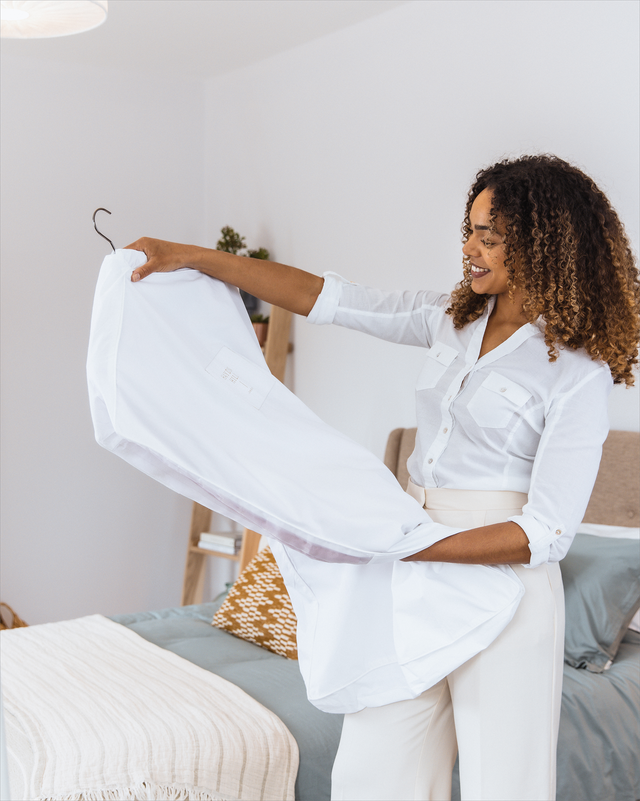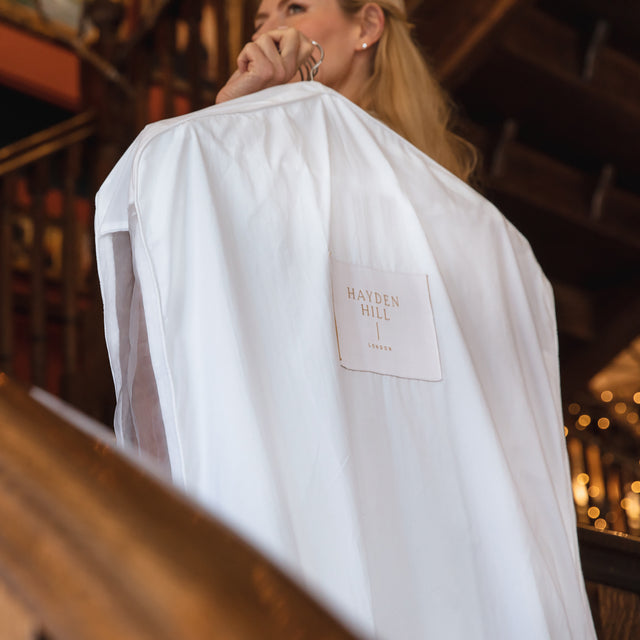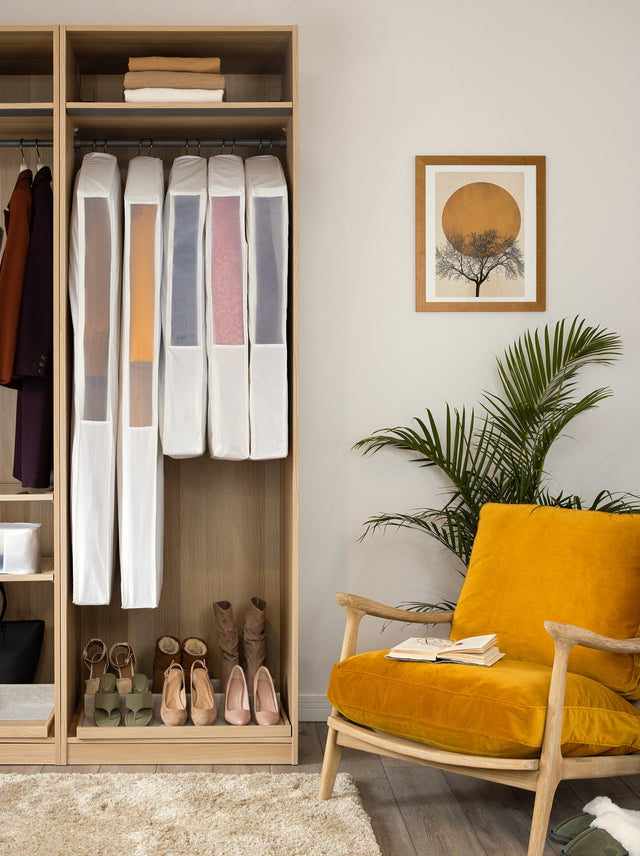To properly remedy and avoid moisture in your closets, you must first understand the underlying issues that lead to this problem. You can minimize moisture accumulation and protect your valuable possessions from harm by identifying the potential sources of moisture in your closets.
Moisture in closets can be an ongoing and aggravating problem for many people. It can damage your clothing and create an unhealthy environment. The U.S. Centers for Disease Control and Prevention (CDC) say that a closet should have no more than 50% humidity to prevent mold growth and other problems.
Fortunately, you can avoid these problems with practical techniques that eliminate excess moisture and prevent mold growth while keeping your clothes fresh and clean.
Understanding the Causes of Moisture in Closets
To properly remedy and avoid moisture in your closets, you must first understand the underlying issues that lead to this problem. You can minimize moisture accumulation and protect your valuable possessions from harm by identifying the potential sources of moisture in your closets.
Poor Ventilation
Inadequate ventilation is one of the leading causes of moisture buildup in closets. When air circulation becomes restricted, stagnant air provides an ideal environment for moisture, fostering mold and mildew growth. Inadequate ventilation prevents fresh air circulation, trapping damp closet air inside and enabling moisture to build on surfaces.
External Sources of Moisture
Moisture can enter your closets from a variety of sources including leaking pipes, plumbing problems, and water runoff from surrounding spaces. Even slight leaks can introduce substantial amounts of moisture into your closet, causing dampness and even mold. To prevent future moisture penetration, it is important to detect and stop these external sources as soon as possible.
High Humidity
Geographic areas that have high humidity levels, such as the southern U.S., are especially susceptible to moisture-related issues. When the air is saturated with moisture, it is easier for moisture to enter closets, especially if you keep closet doors open. Too much humidity may worsen pre-existing moisture problems, making closets more prone to mold and dampness.
How to Control Closet Humidity: 11 Effective Strategies to Prevent Moisture in Closets
Now that you understand the sources of moisture in closets, let's look at some practical actions you can take to prevent moisture buildup in your closets. By incorporating these strategies into your closet organizing routine, you can create a dry and healthy atmosphere for your belongings.
Utilize Desiccants
Desiccants are substances that absorb moisture from the air, which is helpful to reduce moisture in a humid or poorly ventilated closet. Silica gel packets, activated charcoal, and baking soda are examples of desiccants that can be used in closets. Remember to replace or renew desiccants on a regular basis to maintain their efficacy.

Monitor and Control Humidity
Acquiring a hygrometer to check the humidity levels in your closets is a wise decision. Closet humidity levels should be no greater than 50%, according to the CDC. If the humidity rises above this level, consider using a dehumidifier to remove extra moisture from the air. Running a dehumidifier on a regular basis might be extremely helpful in humid areas.
Maintain Cleanliness
Cleaning your closet regularly is also important for preventing moisture build-up. Dust, dirt, and organic matter can all contribute to moisture retention and mold development. Wipe off surfaces, vacuum or sweep floors, and declutter your closet of any unwanted items. Additionally, to avoid bringing extra moisture into the closets, wash and dry all clothes before storing them.
Use Moisture-Resistant Materials
Consider using moisture-resistant materials, such as plastic storage containers or garment bags with tight-fitting covers, when organizing your closets. These materials add an extra layer of protection between moisture and your clothing. Avoid using cardboard boxes or leaving items on the floor since they can easily absorb moisture.
Regularly Air Out Your Closet
Opening your closet doors on a regular basis allows fresh air to flow, minimizing the buildup of stagnant, moisture-laden air. Consider airing out your closets on days when the humidity levels are lower. This simple method helps to keep your closets fresh by reducing moisture buildup.
Leave a Light On
In addition to leaving the doors on your closet open, you might want to keep the light on. A low-wattage light bulb's warmth will help keep your closets dry, preventing mold from developing. As a precaution, keep the light bulb away from any clothes. This prevents it from causing damage to your garments, or worse, sparking a fire.
Use Air Purifiers
An air purifier is another product you might want to consider buying to prevent mold from forming in your closets. A filter and a fan are the two components of an air purifier. Essentially, the fan pulls air into the filter. Pollutants and particles, such as mold and mildew, are caught, and clean air is released.
Avoid Overstuffing
Having too many things in your closet can interfere with ventilation and create areas of trapped dampness. Protect your closet space by decluttering and keeping only what you like and use. Proper clothing and item spacing enhances air circulation and reduces the possibility of moisture-related problems.
Remove Your Hamper
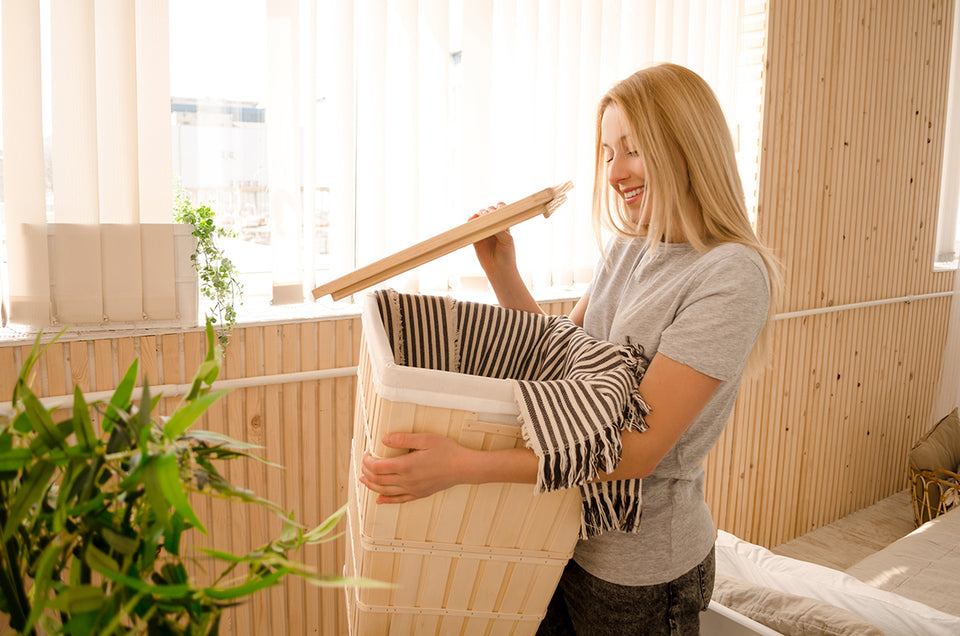
Mold is attracted to damp clothing, so you may want to consider moving your hamper to the bathroom or laundry room. If you must keep your hamper in your closet, make sure it only contains dry clothes. Anything wet or damp, including sweaty athleisure clothes, should be given time to air dry fully before being placed in the hamper. Shoes may also attract mold spores, so make sure they're clean and dry before putting them in your closets.
Use Air Fresheners
Air fresheners keep your closet and its contents smelling fresh and clean. They typically last for up to 30 days and are available in a variety of smells. Air fresheners often come in sachets that can be hung or containers that can be placed on shelves. When using air fresheners, make sure they aren't directly touching any of your clothes, which will minimize the likelihood of strong smells being transferred to your garments or delicate items being damaged.
Add Plants that Reduce Humidity
Adding small plants in the closet can also reduce moisture and humidity in the air. Certain types of plants can remove organic contaminants from the air.
As a result, clean and fresh air will circulate throughout your closet and the closet's moisture will decrease. If you can provide the plants with light, this is one method of removing moisture from closets that can also serve as décor.
Some plants that reduce humidity indoors include peace lilies, Boston ferns, English ivy, and spider plants.
FAQs
How can I get rid of mold growing in my closet?
To properly eliminate mold that has grown in your closet, remove all objects from the closet to avoid contamination. Scrub the affected surfaces with a mold-specific cleanser or a combination of water and detergent. Use a bleach solution for harder stains, but be careful to protect yourself and nearby clothing. After cleaning, make sure the area is completely dry to prevent mold recurrence. Use a dehumidifier or open windows to improve ventilation, and add Clothes Moth Traps to your closet to avoid future infestations. In order to spot any problems early, examine your closet on a regular basis for any symptoms of moisture or mildew.
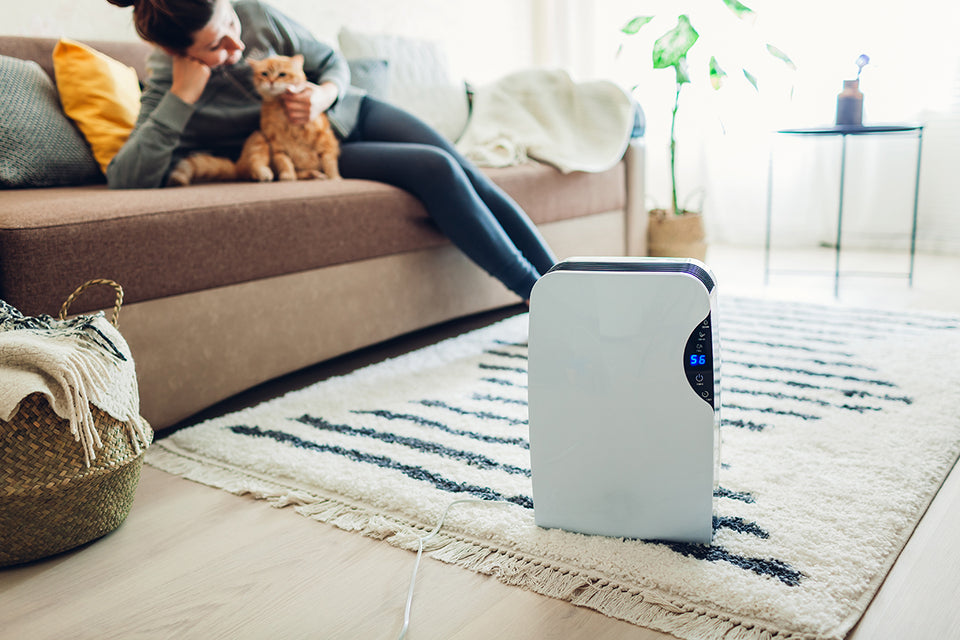
Does baking soda absorb moisture in the closet?
Yes, baking soda can help to absorb the moisture in a closet. Baking soda has a natural moisture-absorbing ability, which makes it useful in eliminating excess humidity that can contribute to mold creation. Place an open jar or a cloth pouch filled with baking soda in the closet. Baking soda can help eliminate moisture and odors. To ensure the baking soda continues to be effective, refill it or replace baking soda containers on a regular basis. However, while baking soda can help manage moisture, it may not be as effective as a dehumidifier for treating the underlying cause of moisture.
What keeps moisture out of stored clothes?
To keep moisture out of stored garments, make sure they are completely dry before storing them. Moisture trapped in clothes can promote the formation of mildew and mold. Consider using moisture-absorbing products, such as silica gel packets or desiccants, to absorb excess moisture in storage containers or garment bags. To build a humidity barrier, use airtight containers or vacuum-sealed bags. Additionally, to avoid condensation, keep garments in a cool, well-ventilated room. Avoid keeping garments in wet or humid environments such as basements or attics, and inspect and air out stored garments on a regular basis to avoid moisture buildup.
Closets are important spaces in our homes. They are where we keep our clothes, shoes, accessories, and other treasured items. One could even consider them vaults that store our very valuable and beloved possessions.
Excess moisture can wreak havoc in these sacred spaces causing damp clothes, musty odors, destroyed garments, and even health problems. That’s why it’s critical to do whatever is necessary to protect your closets from moisture build-up.
Hayden Hill helps with that by offering high-quality cotton garment bags that offer your most treasured items superior protection. Made of breathable cotton, they protect clothing from dust, light, moths, mold, and condensation.

